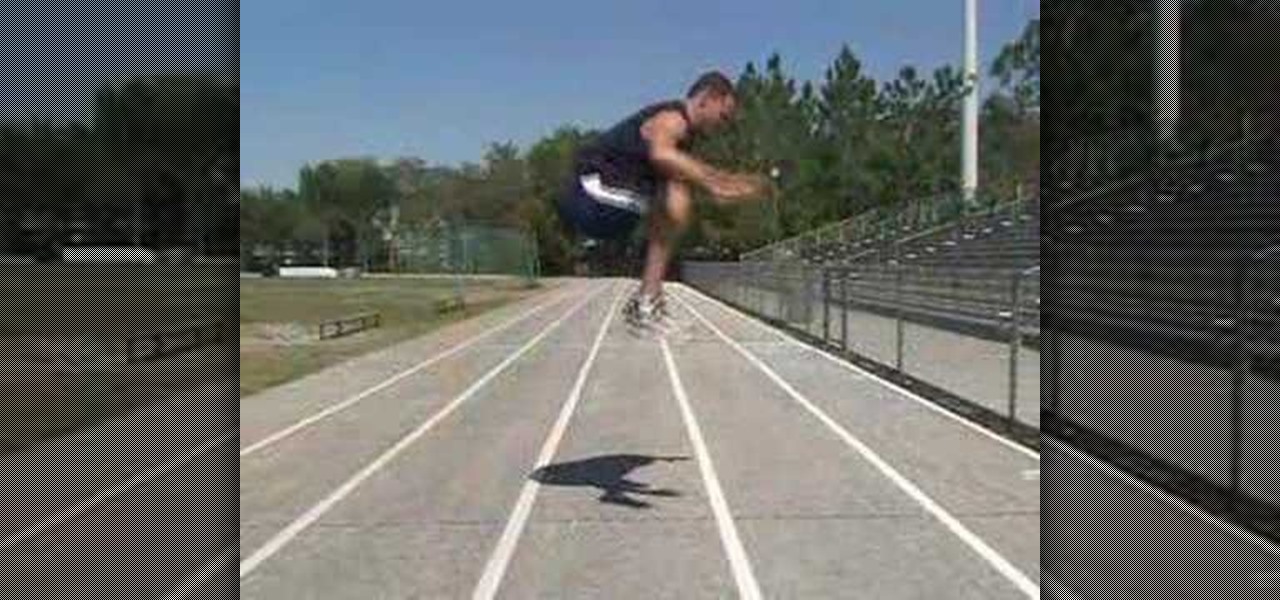

1 These injuries can be career ending for athletes and result in costs in the United States of approximately 1 billion dollars annually. Lower-extremity (LE) injuries are common in the athletic population, especially injuries to the anterior cruciate ligament (ACL). An overall grade of B was recommended because there were consistent level 2 studies. The recommendation of level 2b was chosen because these studies utilized cohort design for interrater and intrarater reliability across populations. This evidence has been demonstrated in elite, adolescent, and college-level athletics in the United Kingdom, Spain, and the United States. Strength of Recommendation: According to the Centre for Evidence Based Medicine levels of evidence, there is level 2b evidence for research into the reliability of the TJA. Clinical Bottom Line: The TJA has shown varying levels of reliability, from poor to excellent, for both interrater and intrarater reliability, given current research. Aspects of the TJA itself, including rater training, scoring system, playback speed, volume, and number of views allotted, need to be standardized before the reliability of this clinical assessment can be further researched. Although composite scores of the TJA were found to be reliable, individual flaws do not demonstrate reliability on their own, with the exception of knee valgus at landing. Clinical Question: Does the TJA demonstrate both interrater and intrarater reliability in healthy individuals? Summary of Key Findings: Four of the 5 articles included in this critically appraised topic showed good to excellent reliability however, caution should be taken in interpreting these results. The tuck jump assessment (TJA) is a plyometric tool that can be used with athletes. Athletes should be screened for neuromuscular deficits and trained to correct them.

To achieve the most efficient re-bounce, ensure that you land with your feet flat onto the bed.Clinical Scenario: Lower-extremity injuries in the United States costs millions of dollars each year.Just before you land, bring the arms out slightly in front of you.Extend your legs and keep your arms straight and your fingers and toes pointed.As you begin to lose height, extend the arms outwards and into the side of your legs.Bring the arms down from the extended position and touch the hands just below the front of the knees.Ensure that both knees are tucked tight into the chest and the shins are vertical with the floor and parallel to your back.As you begin to reach the peak of the jump, bring your knees upwards and into the chest.Continue stage two until you have sufficient controlled height and rhythm.


In and out tuck jumps full#


 0 kommentar(er)
0 kommentar(er)
